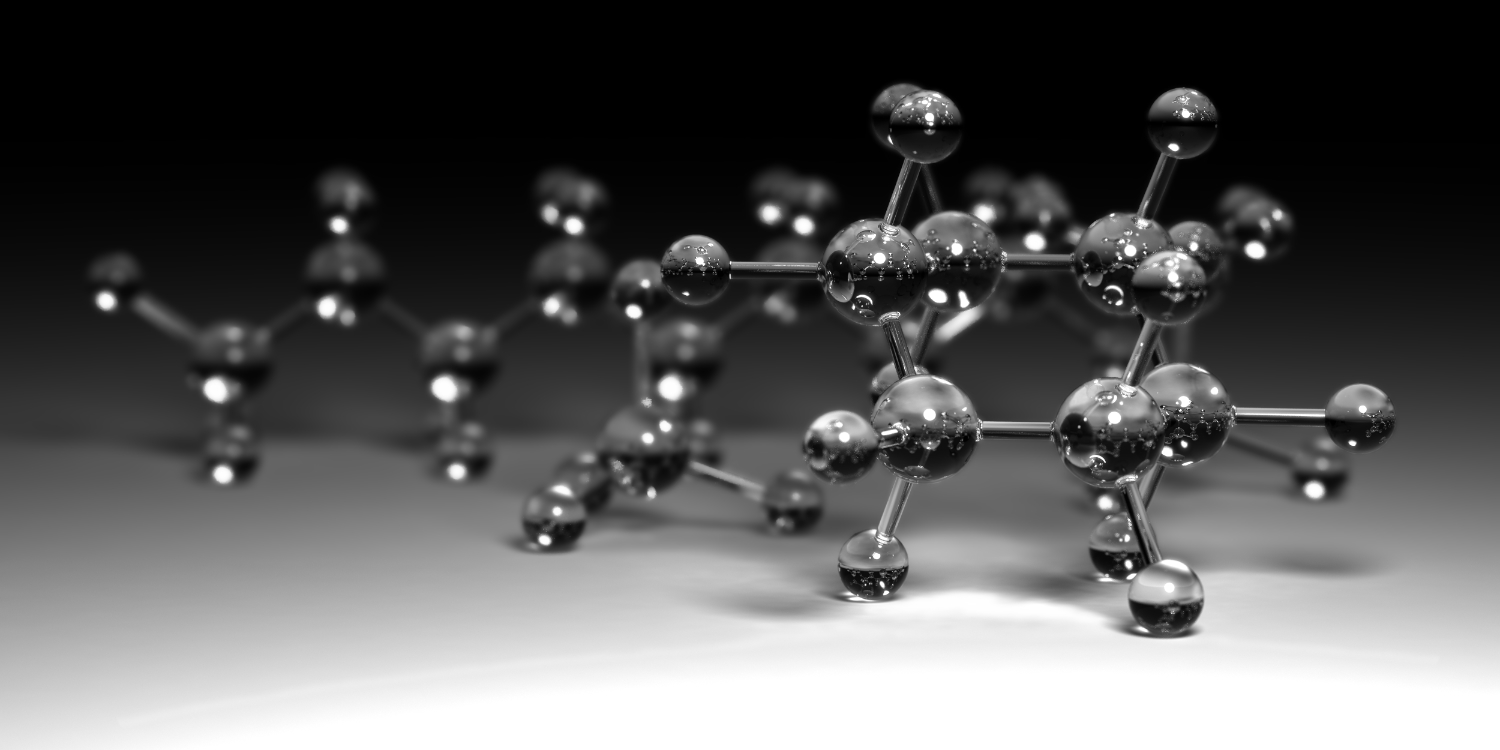
Robohub.org
The Robot Academy: Lessons in image formation and 3D vision

A 3D model of organic molecules created using Rhinoceros 3D and rendered with Vray. Source: Wikipedia Commons
The Robot Academy is a new learning resource from Professor Peter Corke and the Queensland University of Technology (QUT), the team behind the award-winning Introduction to Robotics and Robotic Vision courses. There are over 200 lessons available, all for free.
The lessons were created in 2015 for the Introduction to Robotics and Robotic Vision courses. We describe our approach to creating the original courses in the article, An Innovative Educational Change: Massive Open Online Courses in Robotics and Robotic Vision. The courses were designed for university undergraduate students but many lessons are suitable for anybody, as you can easily see the difficulty rating for each lesson. Below are several examples of image formation and 3D vision.
The geometry of image formation
The real world has three dimensions but an image has only two. We can use linear algebra and homogeneous coordinates to understand what’s going on. This more general approach allows us to model the positions of pixels in the sensor array and to derive relationships between points on the image and points on an arbitrary plane in the scene.
Watch the rest of the Masterclass here.
How images are formed
How is an image formed? The real world has three dimensions but an image has only two: how does this happen and what are the consequences? We can use simple geometry to understand what’s going on.
Watch the rest of the Masterclass here.
3D vision
An image is a two-dimensional projection of a three-dimensional world. The big problem with this projection is that big distant objects appear the same size as small close objects. For people, and robots, it’s important to distinguish these different situations. Let’s look at how humans and robots can determine the scale of objects and estimate the 3D structure of the world based on 2D images.
Watch the rest of the Masterclass here.
If you liked this article, you may also enjoy:
- Smart Grasping System available on ROS Development Studio
- Programming your NAO robot for human interaction
- The Robot Academy: The open online robotics education resource
- Machine Learning with OpenAI Gym on ROS Development Studio
- SICK LMS full LIDAR teardown
- Envisioning the future of robotics
- How to mount an external removable hard drive on a robot
See all the latest robotics news on Robohub, or sign up for our weekly newsletter.
tags: c-Education-DIY, Peter Corke, QUT Robot Academy, video




